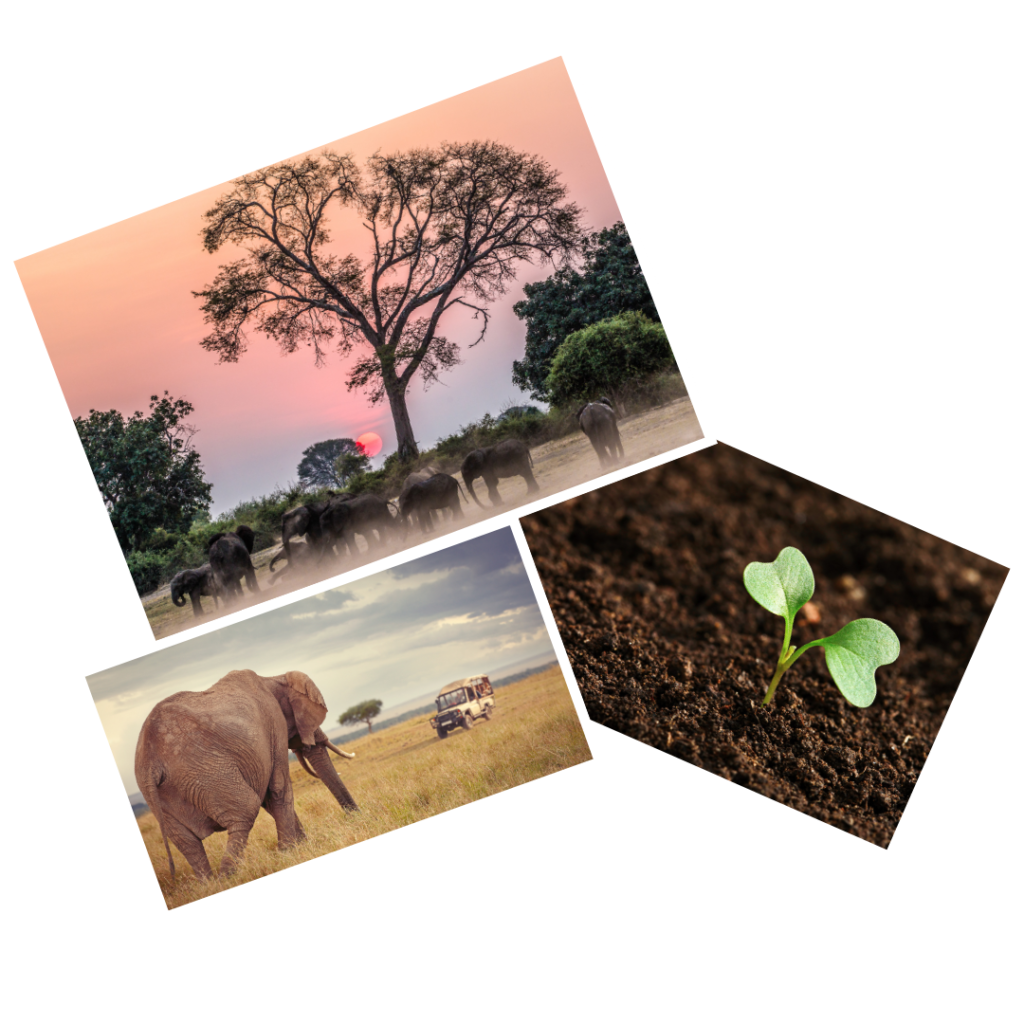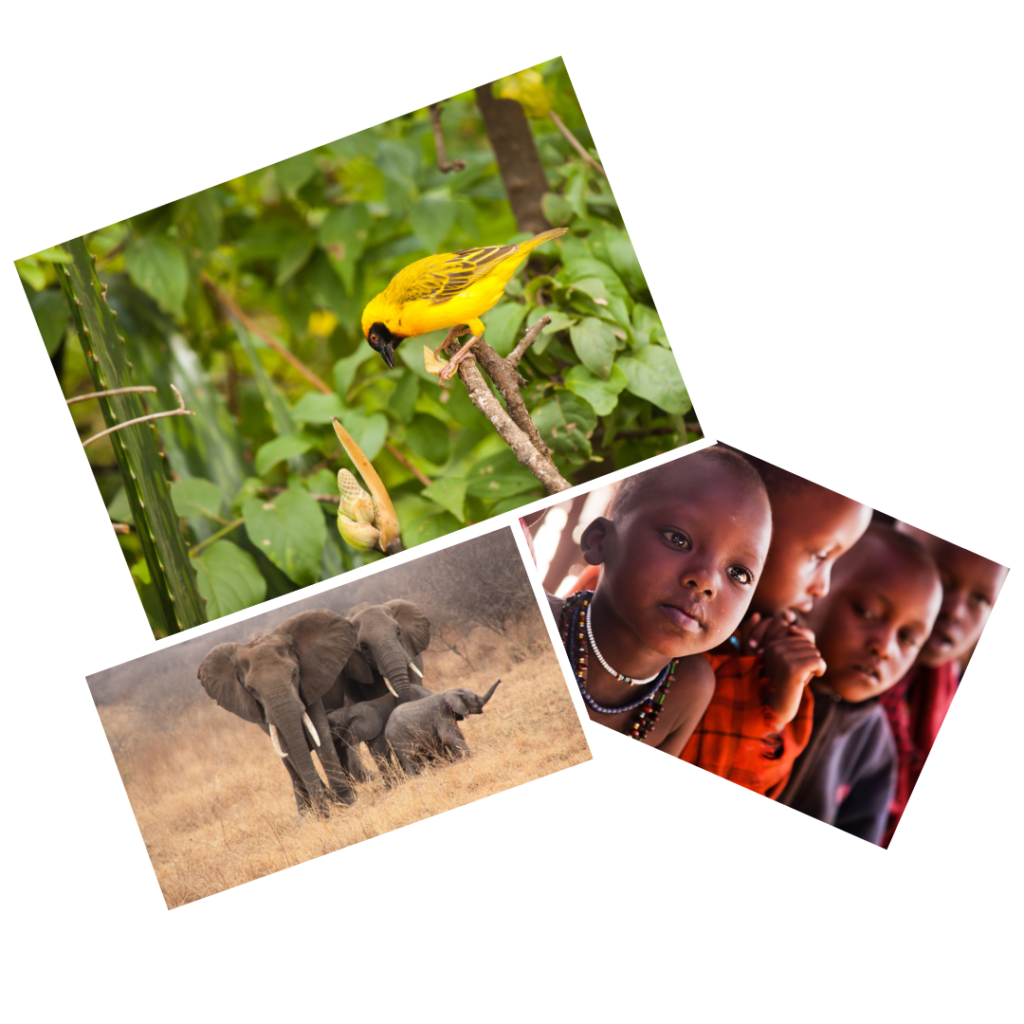The Elephant and Bees Project in Kilombero Valley is an innovative initiative aimed at addressing the growing issue of human-elephant conflicts in this ecologically rich region of Tanzania. Kilombero Valley, known for its biodiversity and agricultural productivity, has increasingly faced challenges as elephants and human communities compete for land and resources. This project leverages the natural aversion elephants have to bees by installing beehive fences around farmlands, serving as an effective and sustainable deterrent. By protecting crops and reducing conflicts, the project not only safeguards local livelihoods but also promotes a peaceful coexistence between humans and elephants.

Mitigate Human-Elephant Conflicts
Deploy beehive fences strategically in conflict-prone areas of Kilombero Valley to prevent elephants from entering farmlands. By using bees, a natural deterrent, the project aims to significantly reduce the frequency and severity of human-elephant encounters, thereby minimizing damage to property and potential harm to both humans and elephants.
Protect Crops and Livelihoods
Safeguard the agricultural produce that local farmers depend on for their livelihoods. The beehive fences will serve as a protective barrier, reducing crop losses caused by elephants. This will help stabilize the food supply and income for the community, ensuring that farming remains a viable and sustainable means of livelihood.
Promote Sustainable Coexistence
Foster a culture of coexistence between humans and elephants in Kilombero Valley. Through the integration of conservation practices like beekeeping, the project encourages communities to engage in wildlife protection while benefiting from additional income through honey production. This holistic approach strengthens the relationship between conservation efforts and community well-being, leading to long-term sustainability.
Size : 11,600 square kilometers
Population : 400,000 to 500,000 people
Economic Activities : Agriculture, Fishing, Livestock Keeping, Honey Production, Toursim
Tribes : Wandamba, Wapogoro, and Wabena tribes
Challenges Due to Human-Elephant Conflicts In recent years, Kilombero Valley has faced increasing challenges due to the overlap of human activities and elephant habitats. As human populations expand and agricultural activities intensify, elephants are often drawn to farmlands, leading to significant crop damage and, at times, dangerous encounters between humans and elephants. These conflicts have not only threatened the livelihoods of local farmers but have also placed strain on elephant populations, as retaliatory actions and habitat loss pose serious risks to their survival.
Reasons for Selecting Kilombero Valley Kilombero Valley was selected as the project site due to the high rates of human-elephant conflicts and the urgent need for sustainable solutions. The valley’s unique combination of extensive agricultural lands and a thriving elephant population makes it a critical area for intervention. The high frequency of conflicts in this region underscores the necessity of implementing innovative approaches like the Elephant and Bees Project. By focusing on Kilombero Valley, the project aims to create a model for human-wildlife coexistence that can be replicated in other conflict-prone regions across Tanzania and beyond.

Your financial contributions support the installation of beehive fences, community training, and ongoing project monitoring. Every donation helps protect crops, reduce human-elephant conflicts, and promote sustainable coexistence.
Join our team to assist with beehive installation, community outreach, and data collection. Your hands-on involvement directly contributes to the success of our projects and fosters positive change in Kilombero Valley.
